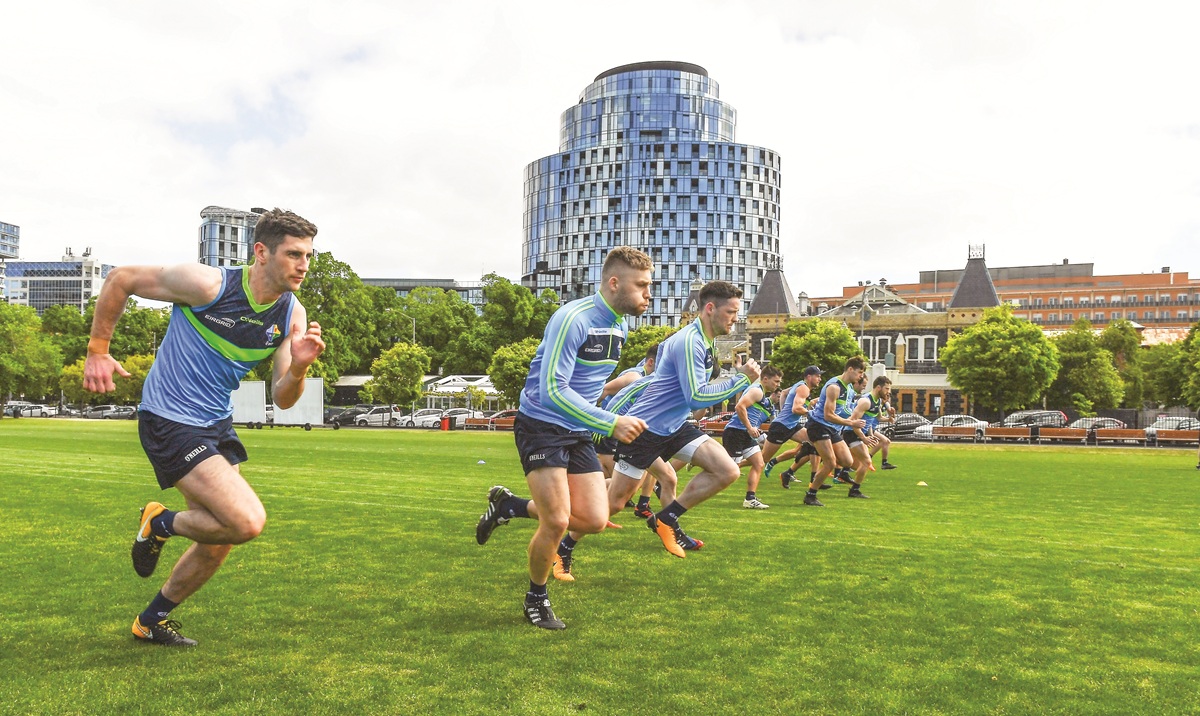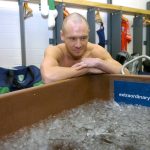PLANNING is key to success – but how do you know how to plan effectively for your GAA teams?
The high / low system
Popularized by sprint coach Charlie Francis, the terms “high” and “low” refer to the intensity of demand on the nervous system from the training done. The high/low model is a way to organize the stress and demand of the training to optimize output and recovery.
“High” days are when the central nervous system (CNS) is asked to produce massive amounts of force across a training session. The neural load for the session is high.
Quick science lesson
The CNS is made up of the brain, spinal cord, and nerves throughout the body. The brain sends the message down through the spine which sends it out to the local nerve endings in the required muscle groups to perform the action.
Applied to training: The goal of strength, speed, and power training is to improve the nervous system’s ultimate ability to produce force and produce it faster.
When the CNS is fatigued, that message isn’t as strong, or the result isn’t as powerful as it should be.
Why do it?
The high/low model mitigates neural fatigue and maximizes output on high CNS days. The common route taken by coaches is to do way too much training volume and intensity. They train too hard, for too long, too often. They believe more is better, or that doing less work will somehow weaken their team and fail to build “toughness”. The problem is the athletes are human beings and can’t grind with High CNS demand every day. Fatigue and overtraining will catch up to them and regression or injury is likely to happen.
The benefit to separating high and low days is so they can really strike and maximize the training effect on the High days.
Description of high CNS days
- High CNS demand activity include:
- Heavy lifts (especially lower body) over 80-85%
- Olympic lifts
- Plyometrics
- Top speed sprints
- Loaded jumps
These are all awesome training tools and are brutally effective at developing strength, speed, and power, but we must recognize the fatigue cost and recovery required.
Description of Low CNS days
- Low CNS demand activity include:
- Upper body strength work (some even say all upper body work, including heavy bench press)
- Tempo runs
- Aerobic conditioning
- Any assistance exercises (lower, upper, or core)
Low CNS activity is basically anything that doesn’t require much neural drive. Three sets of lat pulldowns and a bike interval doesn’t demand high force output from the nervous system. As long as you’re not tapping into that “next gear” of effort and strain, it’s probably not High CNS activity.
I hope this information above helps you plan your GAA sessions more productively.
We train to improve. We don’t train to get worse.
Receive quality journalism wherever you are, on any device. Keep up to date from the comfort of your own home with a digital subscription.
Any time | Any place | Anywhere















